The 9-megaton, hydrogen bomb that was originally housed in the warhead has, of course, been removed (as has the fuel). There were 54 Titan II missile sites: 18 each in Little Rock, AR; Wichita, KS; and Tucson, AZ. This one cost $10-11M to build in 1962 and the other 53 cost approximately the same.
At the Visitor Center a one-hour tour begins after watching a 15-minute video. This entire facility was top secret for many years. Today, everything has been de-classified and photos are permitted everywhere. We started the tour by accessing the underground facility where a four-person crew manned the missile site.
The entryway is 55 steps down and a freight elevator is also available. There are four checkpoints that each crew member had to pass through to access the control room area. Here is where the final one is located outside of the first blast door.
Note that all of the cables have slack to accommodate the impact of a nuclear hit to the missile site. Also, there are springs (inside the green cylindrical tubes) that are part of the design to maintain the integrity of the underground fortress from attack and aftershock waves.
Here is a photo of the control room where a launch could be initiated if so ordered by the President of the United States.
The red safe was where the launch sequence information was stored and would only be opened if the order was received to launch.
The crew never knew what the target locations were. There were three possible target locations for each of the 54 Titan II missile sites. This is the one piece of information that has never been de-classified.
This is the console where the Commander would sit. Near the center of the console is where the key would be inserted. The Deputy Commander would also have a key and separate console. Both were required to initiate a launch. The tour included a simulation of a launch initiation.
That thing in the table on the left is an ashtray. Yes, these guys smoked all of the time in this facility! It was manned for 20+ years and nicotine stains were everywhere, although most have been scrubbed clean by now.
This is the hallway that leads from the control room to the missile silo. All of this area is built with springs to accommodate a blast from a nuclear weapon, although only 30 days of food and air were available in the facility.
Suit worn for fueling stage 1 and 2 engines.
The Titan II was the most powerful ICBM (intercontinental ballistic missile) built by the US. It had a range of 6,000 miles in 30 minutes and would destroy 900 square miles. It was accurate to 1 mile of its target. The top speed of the missile was 20 times the speed of sound (16,000 mph). It is 103' tall. Here is a photo of the top of the missile in the silo.
The mission of the Titan II was deterrence, avoidance of nuclear attack by enemies (Soviet Union) of the U.S. during the years of the Cold War. To create a credible threat, the missiles were housed in underground silos to protect them from destruction in case of an attack.
Crew members were on 24-hour duty three days a week. They would conduct a complete check of the facility upon arriving and then again in 12 hours. This continued for over 20 years, 24x365, with the missile in a continuous state of readiness for launch during that entire time.
Here is a photo of the cover over the launch silo where the missile stood at the ready for decades.
The silo closure door weighs 760 tons and could be opened in 20 seconds by a hydraulic winch. It slid open on a track similar to railroad tracks. Today the door is locked in a half-open position affording a view down into the silo where the missile is housed.
Stage 1 engine burned for 2.5 minutes consuming 170 gallons of fuel per second. It boosted the missile to 50 miles up and 50 miles north toward the target. It was then jettisoned and the stage 2 engine was ignited.
Stage 2 engine of the missile burned for about 3 minutes and propelled the missile to an altitude of 200 miles.
The Titan II was powered by fuel (Aerozine 50) and an oxidizer (nitrogen tetroxide). This was the transfer point for fuel to the stage 1 and stage 2 engine fuel tanks on the missile.
There were various security detection devices at the facility although no one ever tried to breach it. Also, multiple radio receivers were maintained with backups to assure that a launch order could be received. Ultimately, if there had been a nuclear attack on the U.S., and if the U.S retaliated with the 54 Titan missiles the earth would virtually be a nuclear wasteland.
This was a very interesting museum. We learned the scary details about a time in our nation's history when we were in elementary school. We used to have air-raid drills that entailed getting underneath our desks in case of a nuclear attack. Ha! This would not have protected anyone, but we did not know any better at the time.
Admission for adults is $9.50/each and includes the tour. The museum is open all year except Thanksgiving and Christmas. Our guides (there were two) were very informative and knowledgeable about all aspects of the facility. The other 53 Titan II missile sites have been destroyed and the silos have been filled with dirt. This site remains property of the U.S. Air Force, but is managed by the museum team. The engineering that went into designing and building the missile and this facility in the 1960s is really amazing!
Website: www.titanmissilemuseum.org
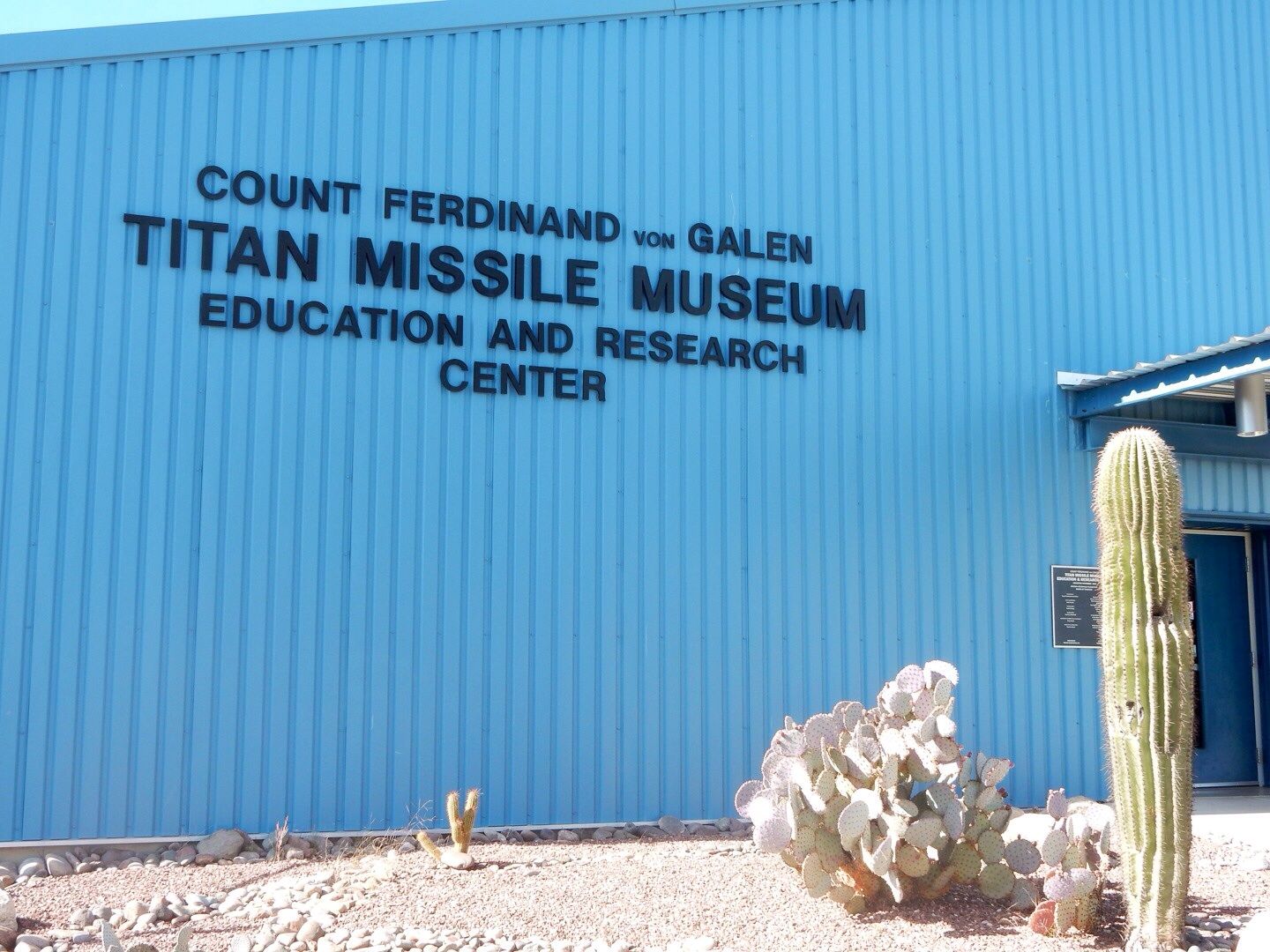
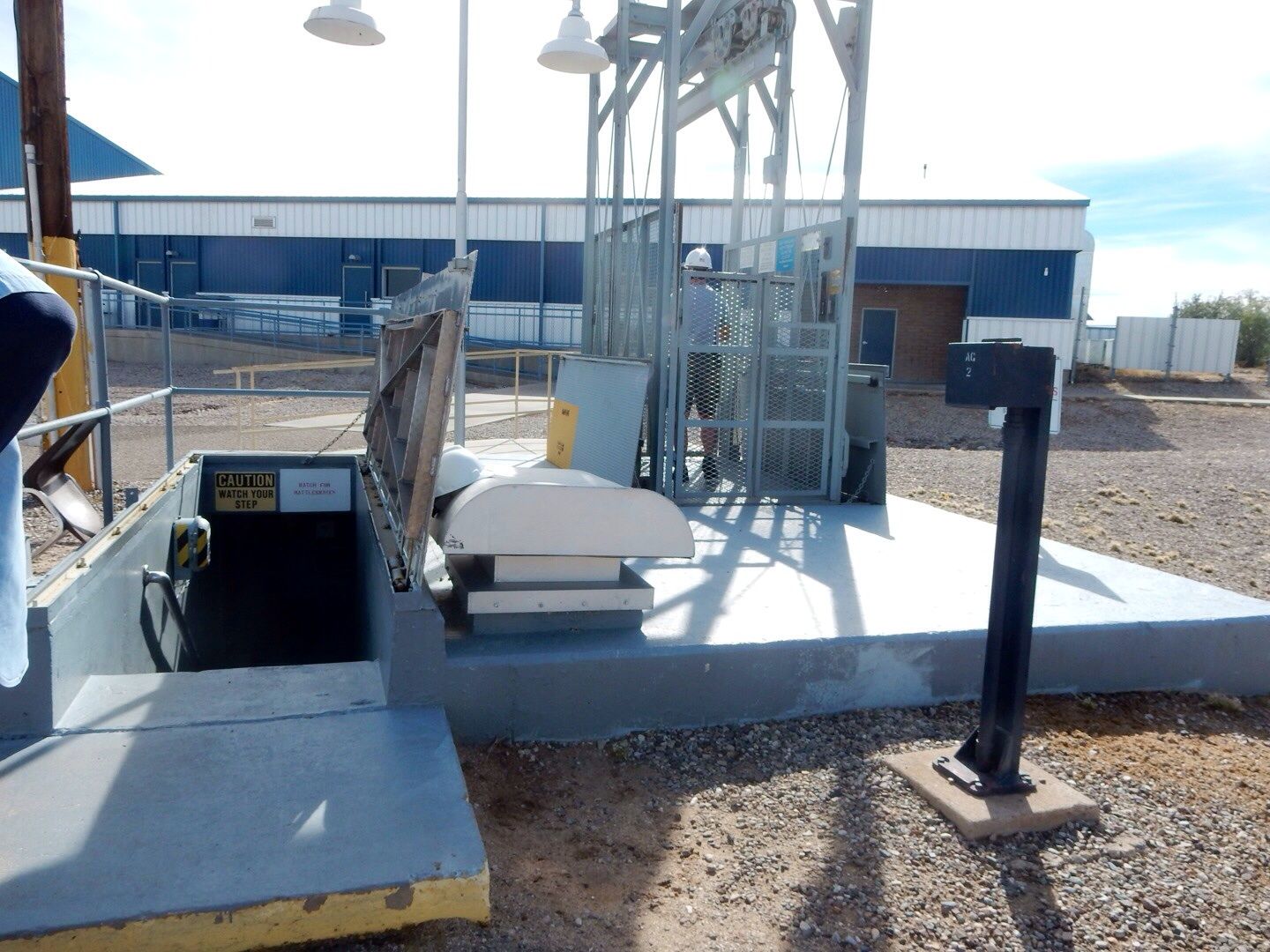

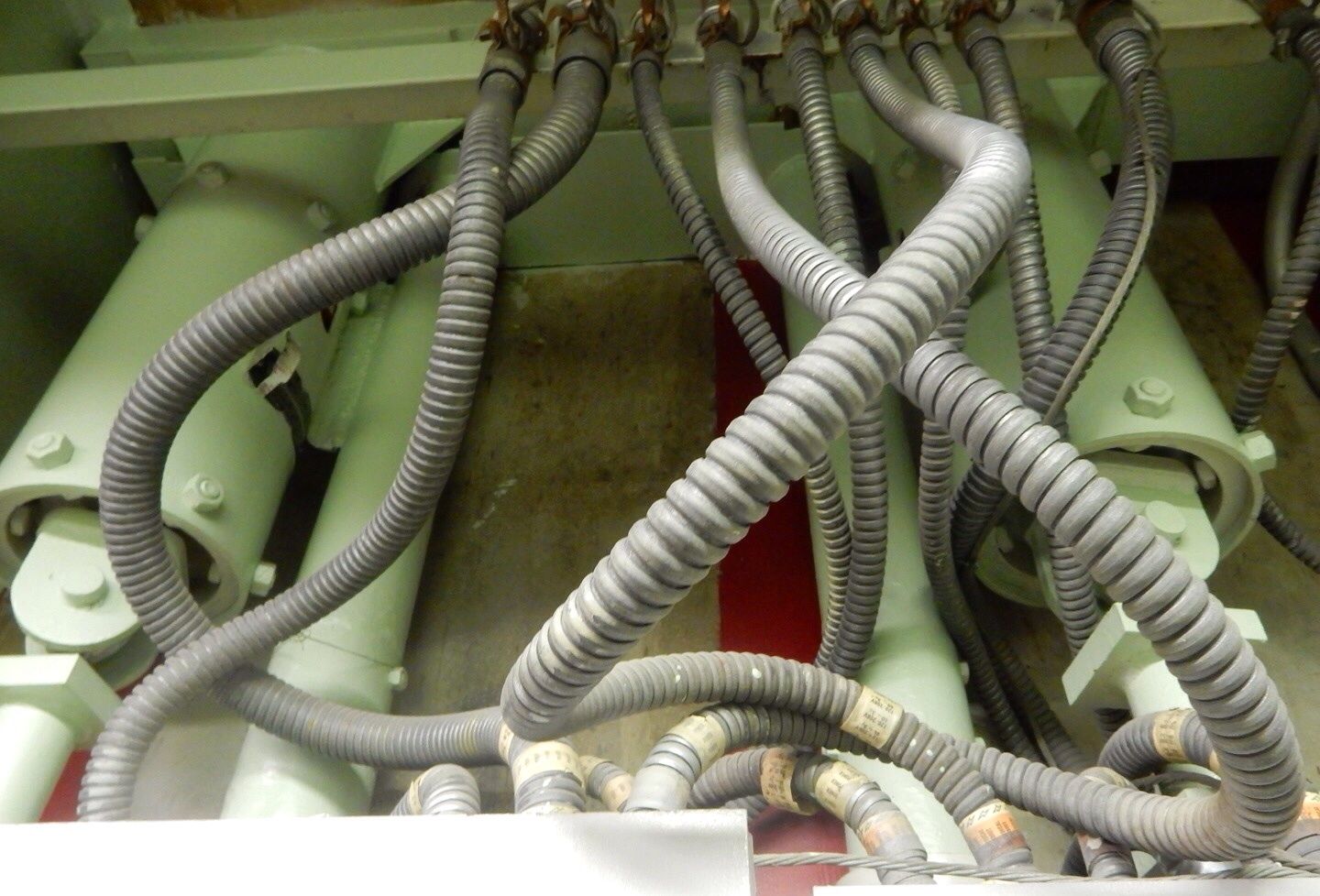
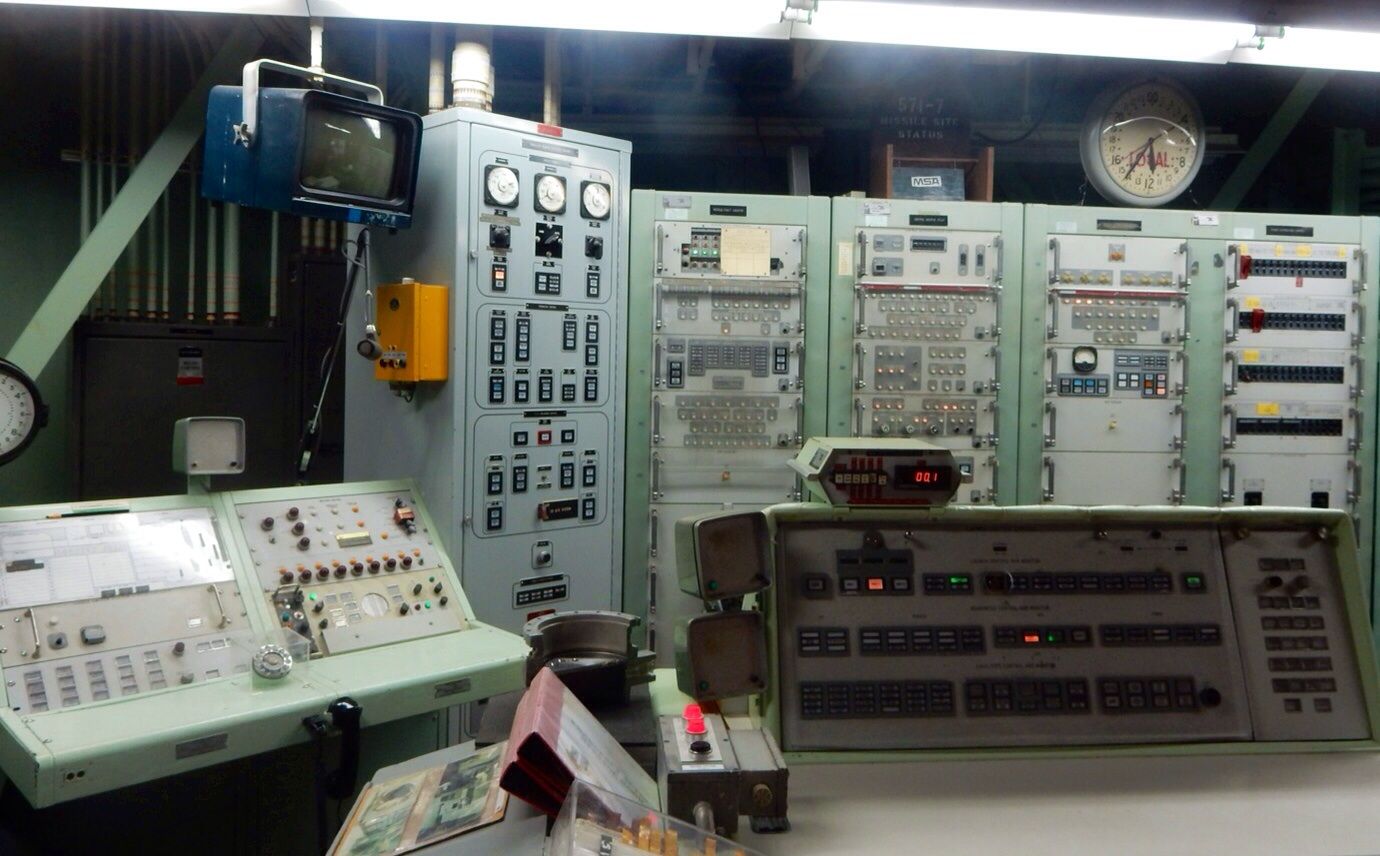
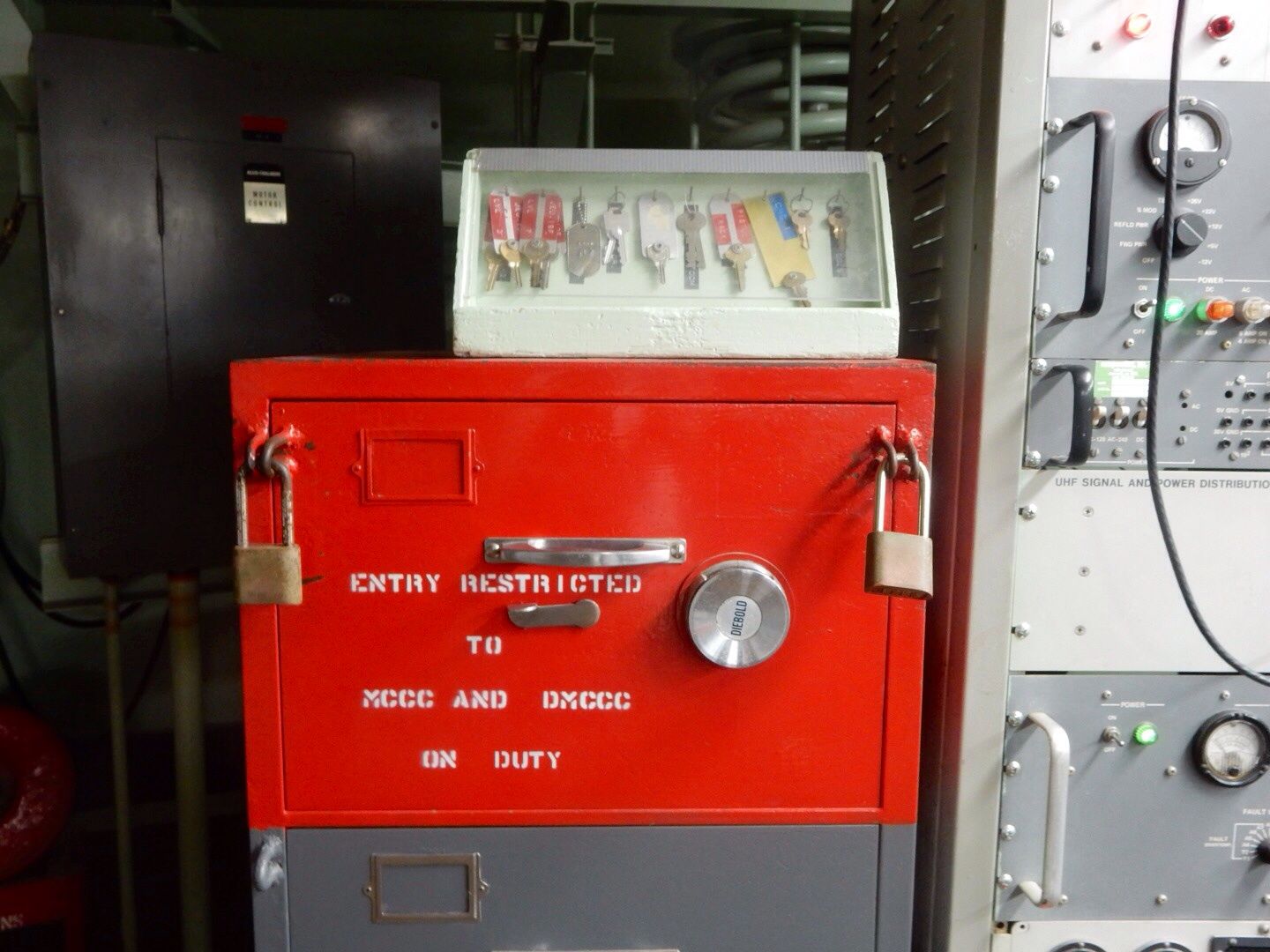
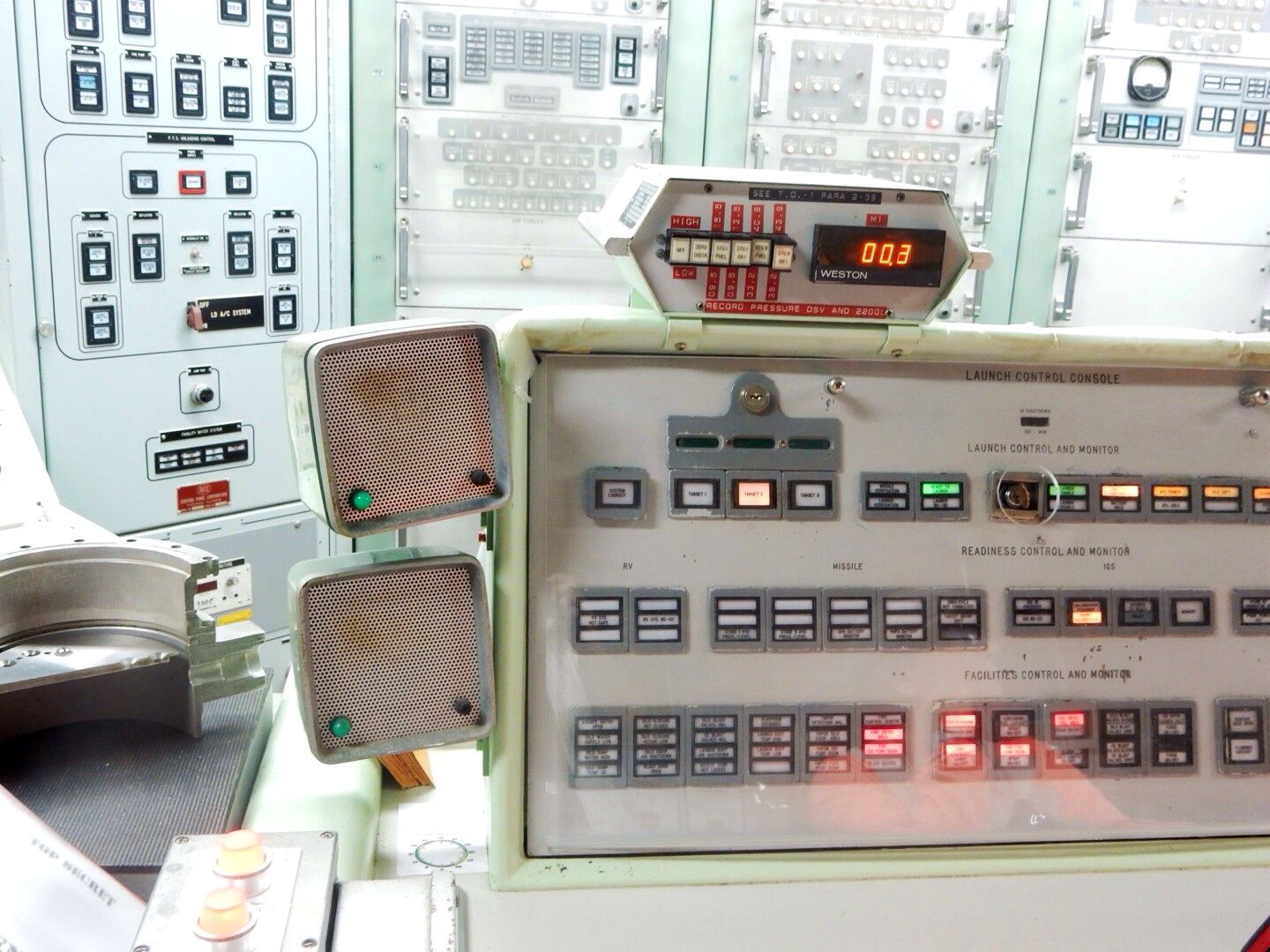

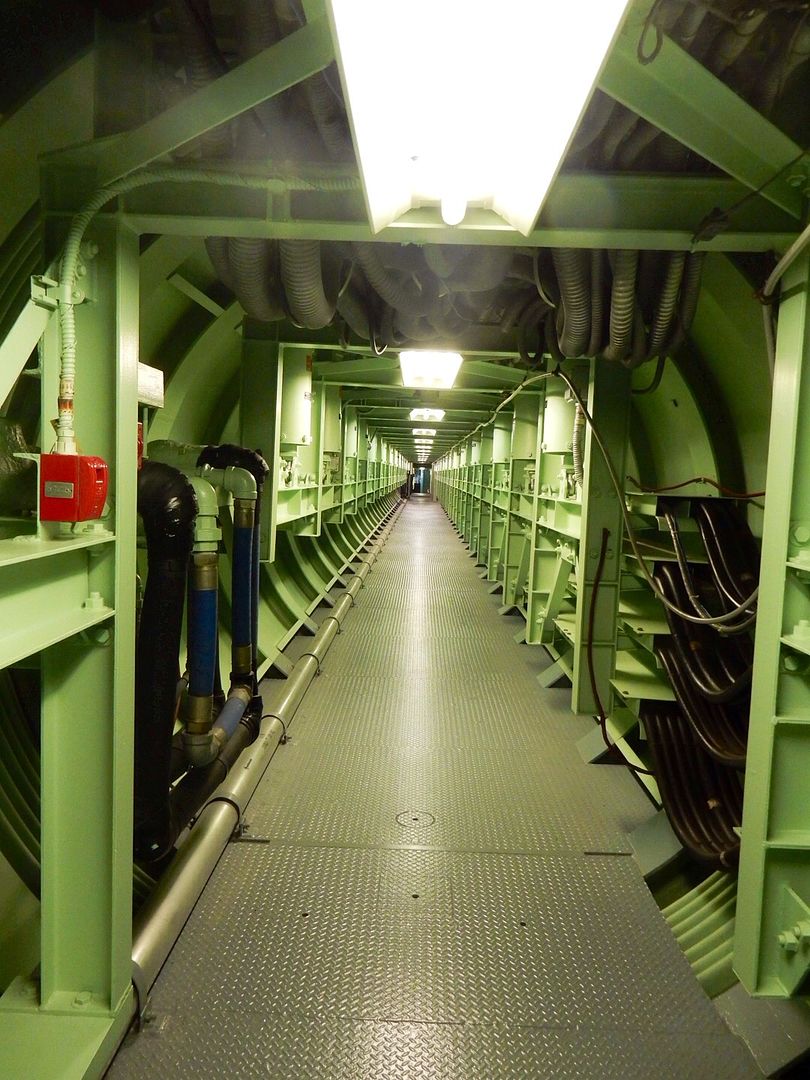



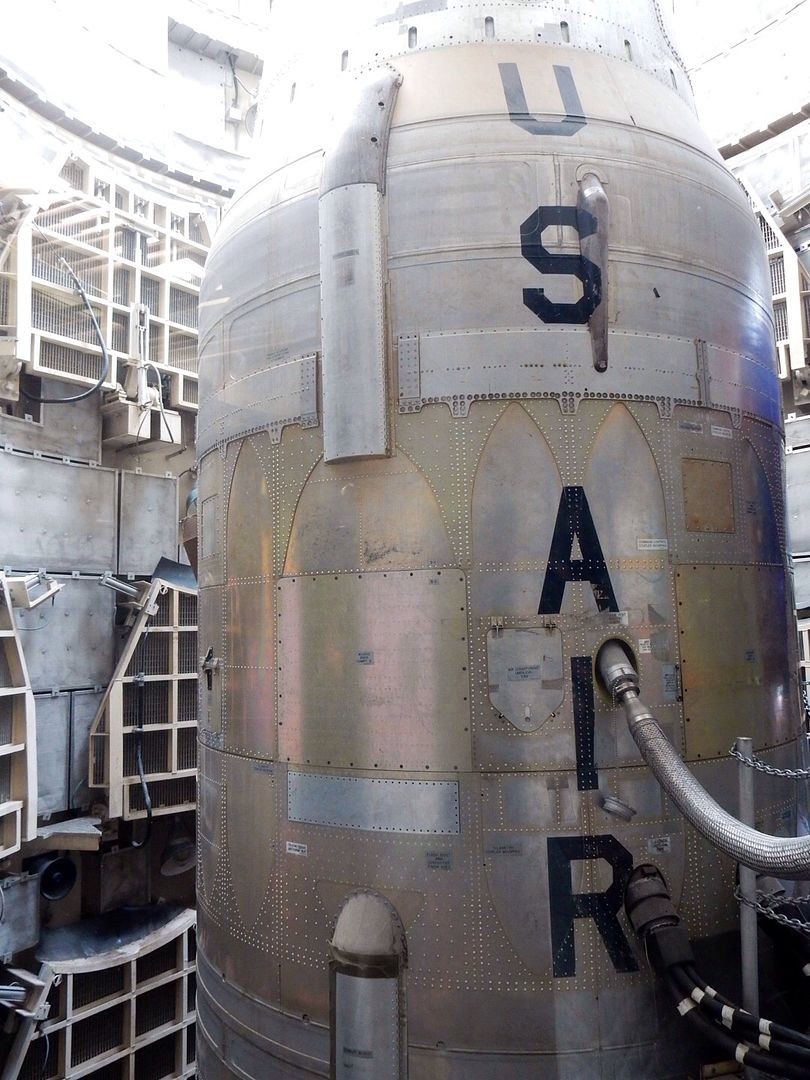
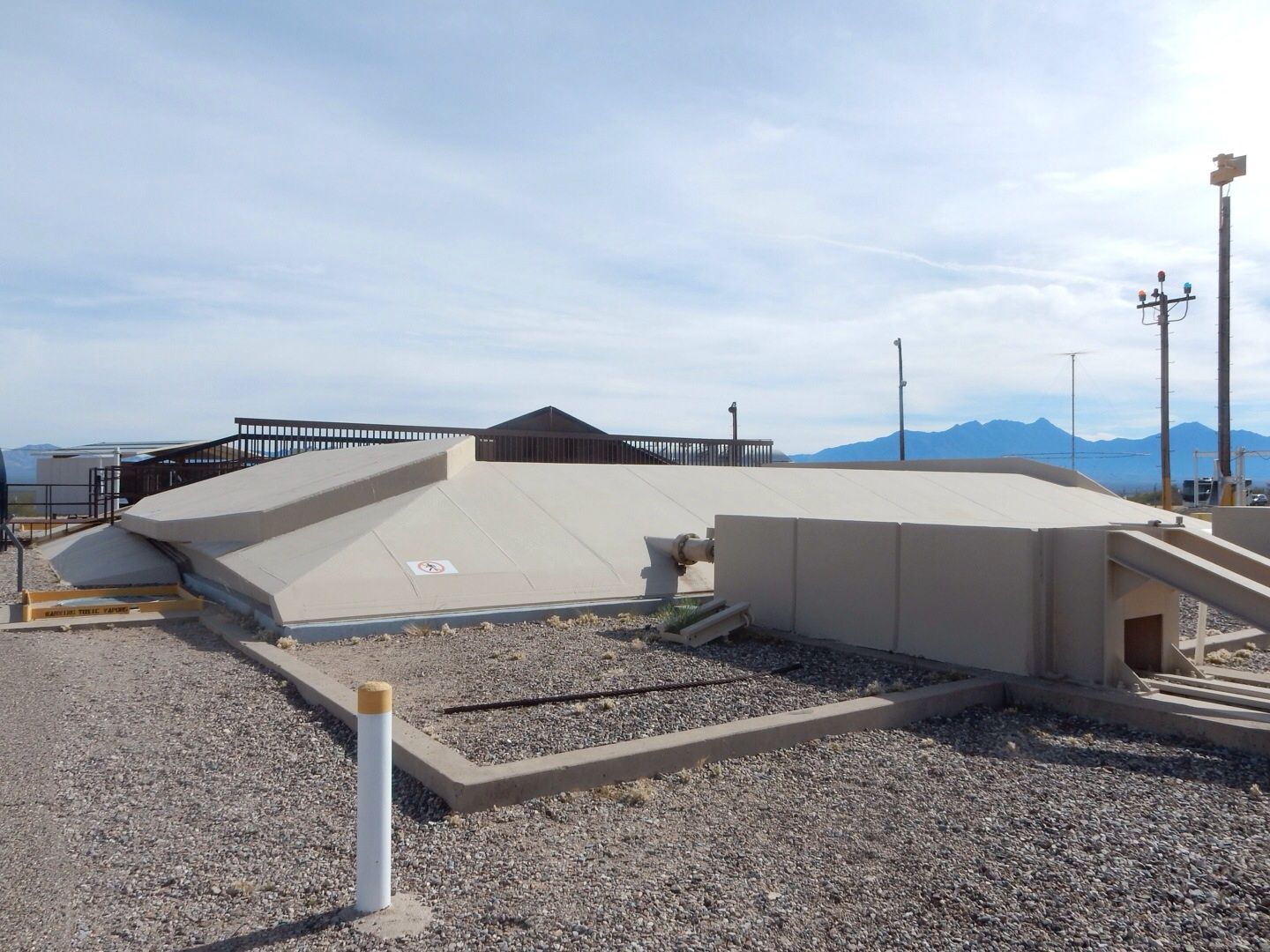
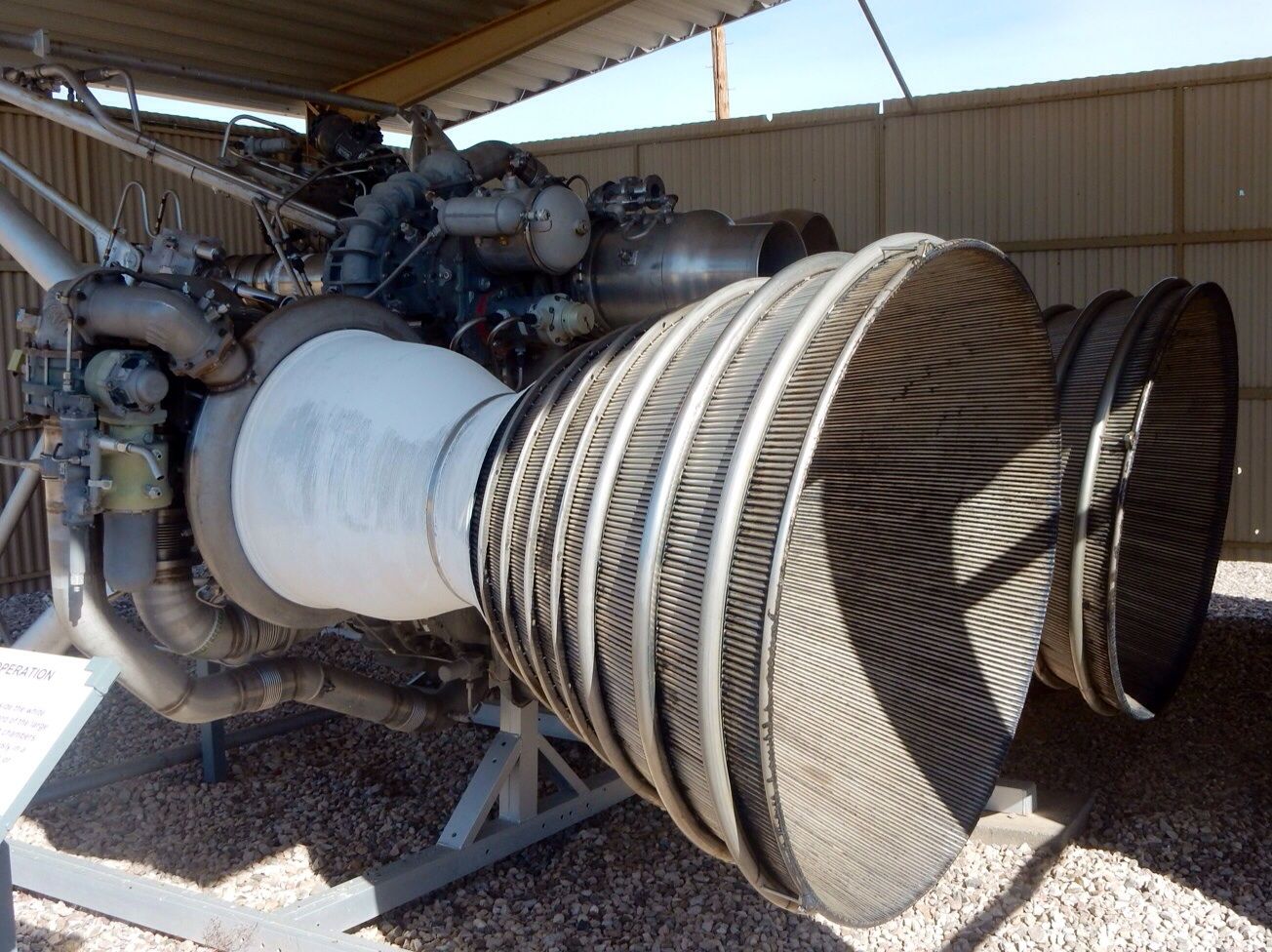
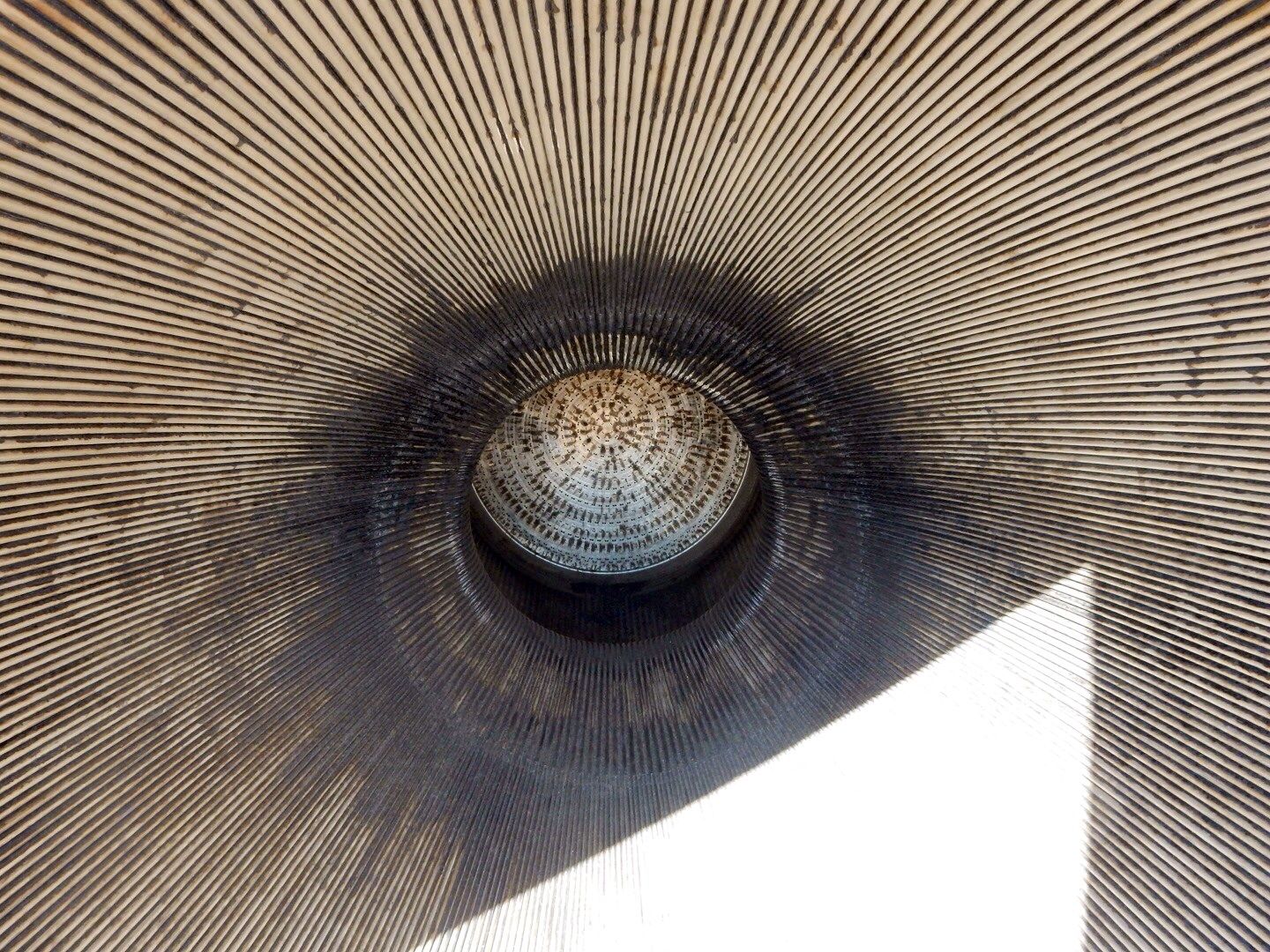
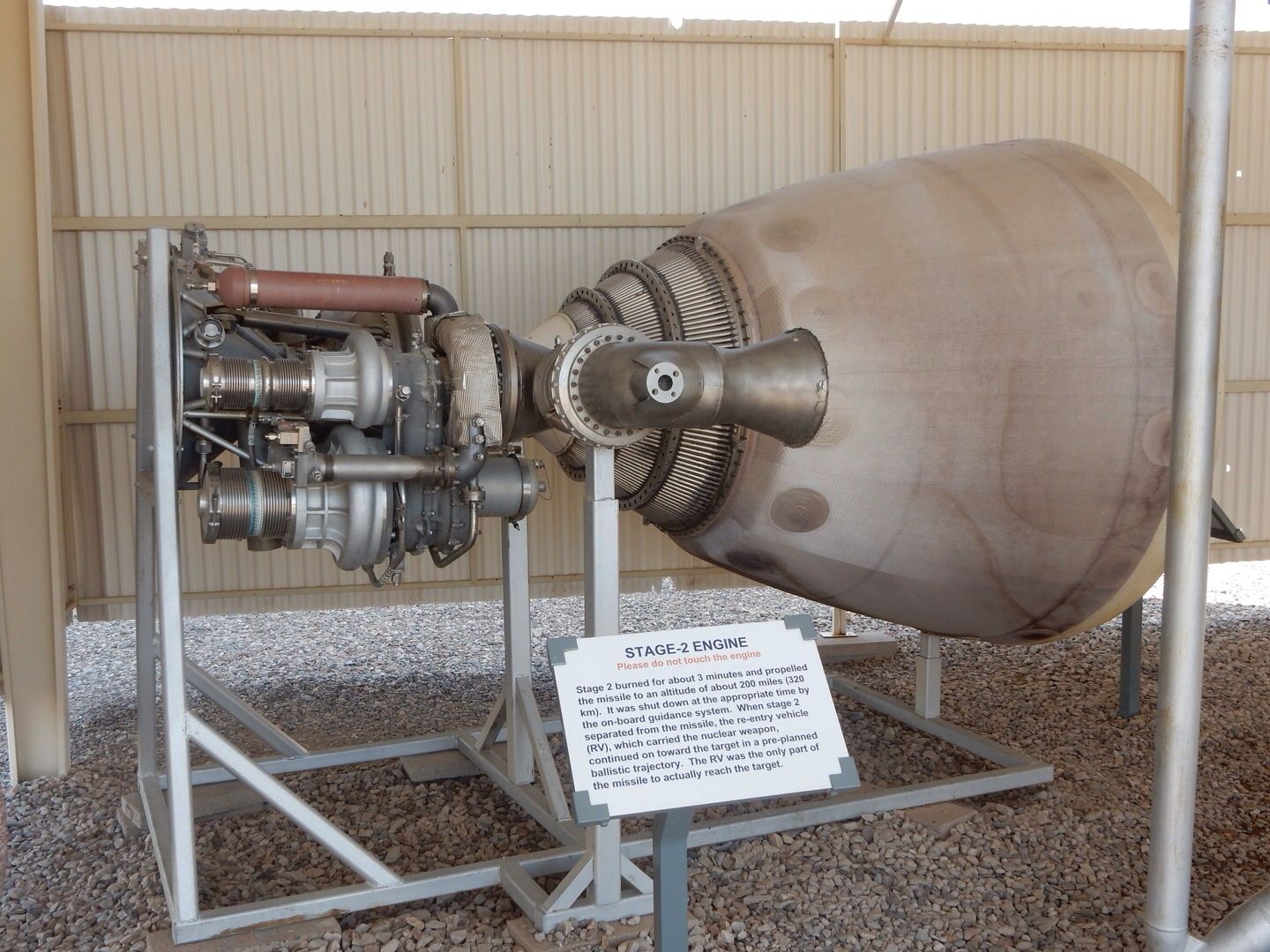
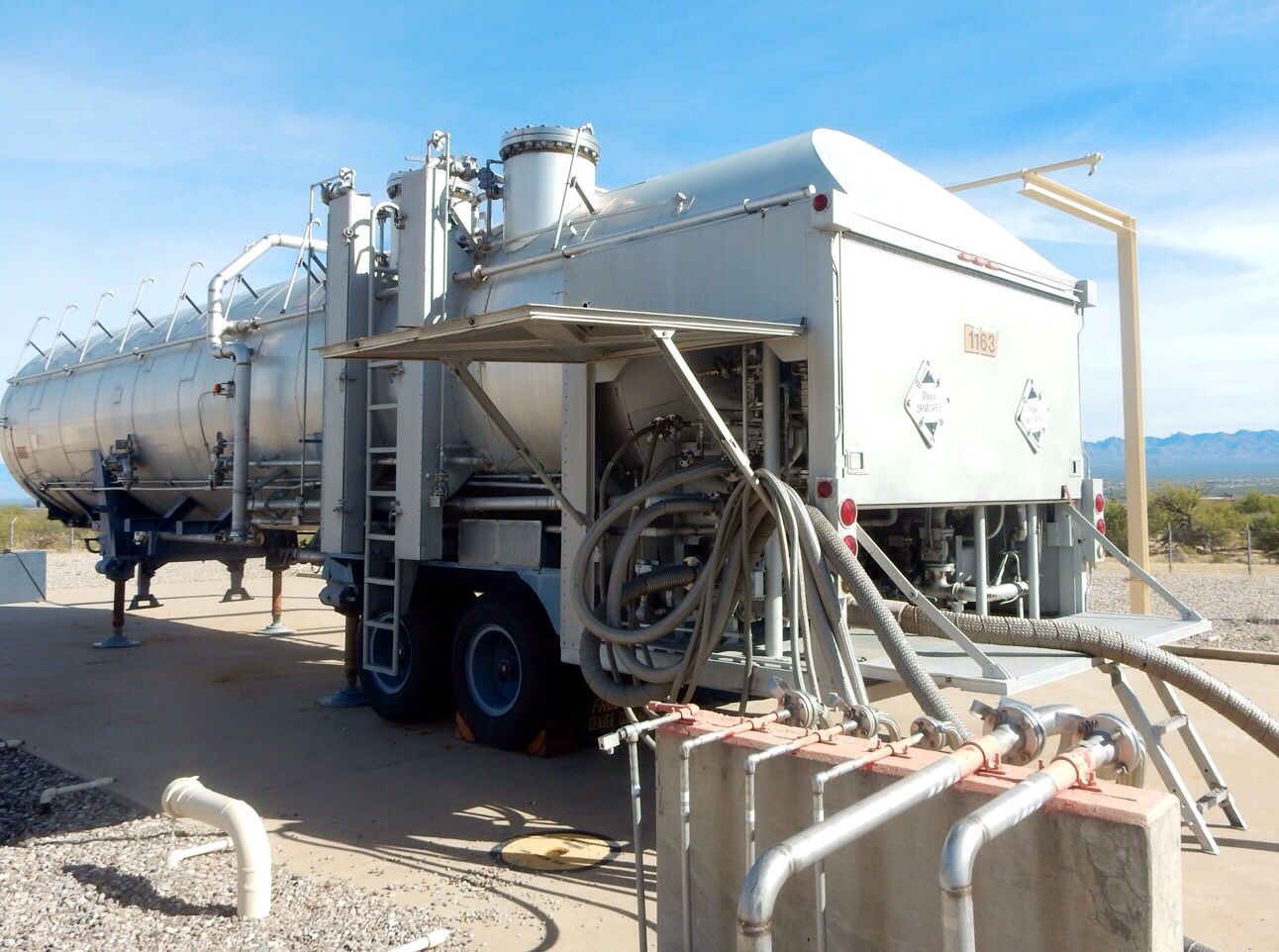
No comments:
Post a Comment